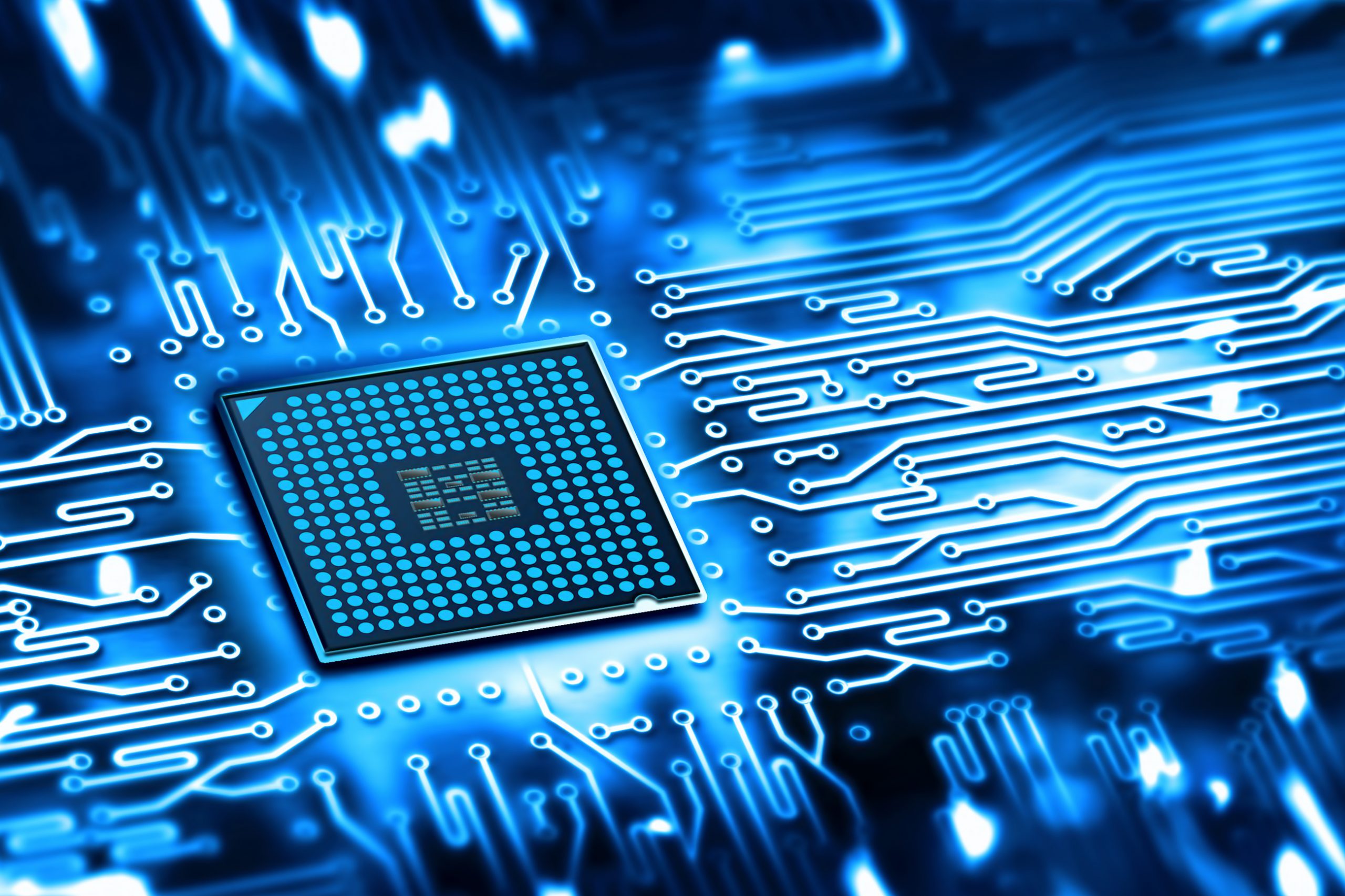The increasingly popular wearables – personal electronic devices you can strap around your wrist, attach to your pants, or even fasten to your hair – fit perfectly into today’s obsessions with healthy lifestyles, healthy eating, calorie counting and jogging. There is always something that “smart” wearable gadgets can do for you in these activities: they help you count the steps you have walked during the day or suggest the distance you should run this week to get in perfect shape. I see wearables as more than a mere object of fascination of technology geeks or a gadget that beguile jogging buffs.
Market dynamics
Why don’t we explore the global market for these fashionable devices for a moment. Although no major surges in the sales of wearables are reported, steady growth has been observed for years now. According to CCS, 85 million smartwatches will be sold in 2019 alone. Worldwide sales may double by 2022, reaching $27 billion. During this time, over 230 million smartwatches, fitness trackers, wristbands and similar gadgets will operate on the market. Don’t confuse these devices with IoT beacons, of which there will be over 9 billion world-wide by 2022, by far exceeding the Earth’s population. Today’s leader in electronic wearables is Apple, which has risen to this status on the back of its flagship product in the segment, which of course is Apple Watch. These projections are consistent with the forecasts of the International Data Corporation, which predicts the number of fitness trackers, smartwatches and other devices of this kind to reach 190 million by 2020.
Need an insurance policy? Put on a smartwatch
This entire fascinating trend is not only about a healthy lifestyle and the satisfaction people derive from self-improvement. It is also a big business that is poised to get even bigger, feeding on information from our brains, hearts and even dreams. The trend will enable the corporations that make a living processing our data to gain more accurate and more valuable insights into customer behaviors in new segments. People in the business of mass data processing can rub their hands in glee. Some industries stand to gain more than others. An example are insurance companies, for which information on the health of current or prospective customers is of great value. The well-being, lifestyles and diets of these customers are key for assessing various risks. An interesting case in point is the strategy of the US-based company John Hancock. Its board has made a radical move. Starting this year, it has put out a series of personalized insurance products based on customer data harnessed by Fitbit and Apple Watch applications. A text on the company’s website next to a photo of a grinning jogger reads: “Live healthy, save money, get rewarded. With the John Hancock Vitality Program, you can earn points for activities like excercising, eating well, meditating and sleeping.” This explains everything. Vigilant at all times, sometimes working around the clock, wearables are the insurance analyst’s new best friend. Once collected, the data becomes a treasure trove of information for every insurer giving them precisely what they need: an ability to explore their customers as thoroughly as possible.
A dopamine shot
There are several reasons why the future of wearables is so bright. One of the most noteworthy ones has to do with their influence on our emotional reactions to the flood of data delivered by social networks. We now have a much better grasp of the mechanism described by social media analysts whereby our response to information on social networks is strongly emotional, reinforced further by physiology. A like under your photo or post may give you that dopamine rush you have desired. A similar mechanism kicks in after you take a smartwatch for a run in a park. Any indication that you have lost weight or burned calories will delight you and make you want to return for more. Needless to say, this emotional and physiological addiction is grist to the mill of smart device makers.
Interfaces die
As with every fast-changing tech trend, many of its aspects are far from clear, simple and rosy. Here’s a reality check: today’s wearables industry is indeed struggling with an array of mundane problems. One of them is battery life. Given that battery life is a bane for all mobile device manufacturers, a major breakthrough is inevitable sooner or later. Perhaps to the surprise of analysts, the trend also correlates with another tech development. I am referring to an idea being tested by almost all major manufacturers of consumer electronics. They are all seeking to make smartphone or tablet screens more flexible so they can fold like a sheet of paper. Once a flexible display that readily adjusts to any shape is available, nothing will stop producers from making electronic bands that wrap neatly around our wrists. A wristband that successfully replaces a rigid smartphone is a matter of a not-so-distant future. In fact, things may get even more interesting. Such devices will simply disappear from view! The trackers that monitor our activity will be sewn into our clothing or affixed onto our skin with an adhesive strip.
You are finally a processor – have a long life!
Wearables are another manifestation of the trend of technology infiltrating successive spheres of our lives. Invisible data transducers will help us communicate not only with our computers but also with any Internet of Things device. Signals from our bodies will reach our cars, smartphones, TVs, coffee machines, and refrigerators. The heart rate, turned into binary values, will become information – an object of desire for large corporations. As our habits alter rapidly, whatever controversy has been raised regarding the issue is now fading away. Wearables may well become a pleasurable addition to our lives. By measuring our psychophysical reactions, they may change them in positive ways. According to transhumanists, greater integration with technology is the next step in evolution. An evolution that is turning us into the homo data, a creature made up of DNA, muscle and digital data. We are merging with technology that not only boosts our cognitive abilities, but also begins to work with our physiologies. Wearables that work with our bodies, the internet, the cloud (where the acquired data will be processed), and, in the future, with miniscule biobots (which may travel within our bodies), are a dream come true for all technology optimists of the transhumanist pursuation.
Can anything go wrong?
Are wearables safe and secure to use? Without a doubt, the claims being made for these nice gadgets are huge. A personal, almost intimate relationship with a smartwatch can improve our mood and even give us a sense of being one with something unique and special. On the other hand, one cannot help but reflect about our growing dependance on algorithms. More and more of our intimate and personal information ends up in the global cloud. It becomes an open and somewhat “vulnerable” collection that can be manipulated. If the records of the activities of our bodies, the routes we travel and our sleep patterns end up in the wrong hands, we will no longer feel safe. This makes me think of parallels with people whose homes have been broken into. Break-in victims report experiencing trauma caused by having a stranger go through their private possessions and invade their personal space. It turns out that having information about us viewed digitally does not trigger such strong emotions. Our digital existence has benumbed our sensitivities and pushed the limits of our comfort zones.
The story of wearables has shown that people have grown less reluctant to being in public view. We tend to be quicker to allow corporations to look into our private lives. This process is being trivialized to the extent possible. We are baited with pleasures and rewards that distract us, making us lower our guards and lose our common sense. Reason tells us to be careful, but the heart (monitored by a smartwatch) pushes us to enjoy the full benefits of new inventions. That is what life is like in the brave new world.
. . .
Works cited:
CCS Insights, Hollie Bridgland, Success of Apple Watch Means More Growth in Sales of Wearable Technology, Link, 2019.
IDC, Michael Shirer, China’s Surge Into 5G Will Push the Worldwide Smartphone Market Back to Growth in 2020, According to IDC, Link, 2019.
The Guardian, Robin McKie, No death and an enhanced life: Is the future transhuman?, Link, 2018.
. . .
Related articles:
– Technology 2020. Algorithms in the cloud, food from printers and microscopes in our bodies
– Learn like a machine, if not harder
– Time we talked to our machines
– Will algorithms commit war crimes?
– Machine, when will you learn to make love to me?
– Hello. Are you still a human?










John Accural
Fully agree 🙂
TomCat
Well put. I’ve tried talking to family and friends about privacy. It’s hard to get many of them engaged on the subject. It’s considered a techy or nerdy thing to worry about.
It’s why the nothing to hide argument is so effective. Most people can’t conceive that their data can be used against them. They’ve grown up in countries where their rights were protected and the government respects them.
I live in Australia where we have no bill of rights and where legislation has massively impacted on the authorities being able to see what we do online. The legislation for an authoritarian state is being assembled under our noses. All that legislation that was brought in to deal with terrorists or paedophiles? Yeah, the legislation is not limited to those people – it can be used on anyone.
Andrzej
Very insightful article
Doug
Good
JackC
Frankly, it’s a compelling vision on multiple dimensions:
First, it is a vision for the future that actually seems larger than the smartphone reality we live in. Alternatives like augmented reality or wearables feel smaller.
Second, it is a vision that does not compete with the smartphone, but rather leverages it. The smartphone is so useful for so many things that any directly competitive technology would have to cover an impossible number of use cases to displace it; ambient computing, though, simply conceives of the smartphone as one of several means to deliver on its promise.
Third, it is a vision that Google is uniquely suited to pursue. The company is a services company incentivized to serve the maximum number of customers no matter the means (i.e. device), and it already has a head start in providing services that contain and accumulate essential information about people’s lives.
Zoeba Jones
People don’t have the same concept of data ownership. Once our personal information, or digital property lands on the physical servers of Google, Amazon, Apple, or Facebook, who owns that data? Some obscure end user agreement says something about it, but no one really knows what. We aren’t allowed to share copies of some of our data. Its purposefully vague and confusing. The vast majority of people accept these agreements and move on unaware of what rights they have given away.
Check Batin
100% right
Krzysztof X
the tip of the iceberg, just!
Pico Pico
Nice read Norbert
SimonMcD
IoT devices everywhere. Scarry
tom lee
I don’t think it’s too hard to imagine a world in which AGI has been invented and self driving cars are still not widespread. Already, with just a handful of exceptions, consumer AI lags behind the state of the art by 5-10 years, this gap could widen, and driving on the road is about the most burdensome environment you could imagine to deploy a new technology. Maybe getting an AI to work 99.9999% if the time instead of 99% and to be resistant to adversarial attacks is actually a harder problem than creating an unstable but powerful AGI. Maybe a bunch of other things. For this, and because it’s based on the opinion of just one admittedly credentialed researcher, I don’t find the argument that AGI has been necessarily pushed back very strong.
Zwierzak
AGI is overrated
Adam Spark Two
That’s why I’m saying we’ll have to do it the hard way first. That is, a structural simulation instead of a procedural one. We already can simulate networks of neurons that reproduce brain behavior, but it would take everything that Google owns to even get close to having the hardware it would take to run a full human brain. Most of what would be needed to copy a brain to such a machine already exists, it’s just needs to be refined and applied. After we have that structural simulation, we can use it to do the research needed to develop a procedural one. A procedural simulation wouldn’t have nearly the hardware requirements, but we can’t do it without the structural one.
Mac McFisher
As a software solution, an AGI would be agnostic to the underlying hardware. So, it could be a typical binary processor, or even a multi-valued logic processor. Ultimately, from a computational perspective, both approaches are functionally the same, even if expressed differently. An AGI would abstract away these differences through the use of an agnostic high level language, typically natural language, which could be compiled on any system.
But, if an AGI or human comes up with an approach which resolves DeepThought’s Paradox, that may lead to a radically different notion of logic and, ultimately, hardware, AGI designs and approaches to reasoning and classification. As such, there is a possibility that the hardware may not be based on current binary, multi-valued logic or even quantum computing techniques.
The implications could be huge and far-reaching. So, this is certainly the area where all resources are going at the moment.
Krzysztof X
The introduction of digital biometric ID cards that can be used to control and regulate participation in social and professional activities.
Krzysztof X
This is at the heart of the issue for current generation AI/ML systems. They are based upon data sets that contain bias and often prejudice (especially older data sets) which can lead to “sins of the past” being retreaded into decision making algorithms of today. How many commercial data scientists even consider this today? If they did, would their current employer approve or punish them?